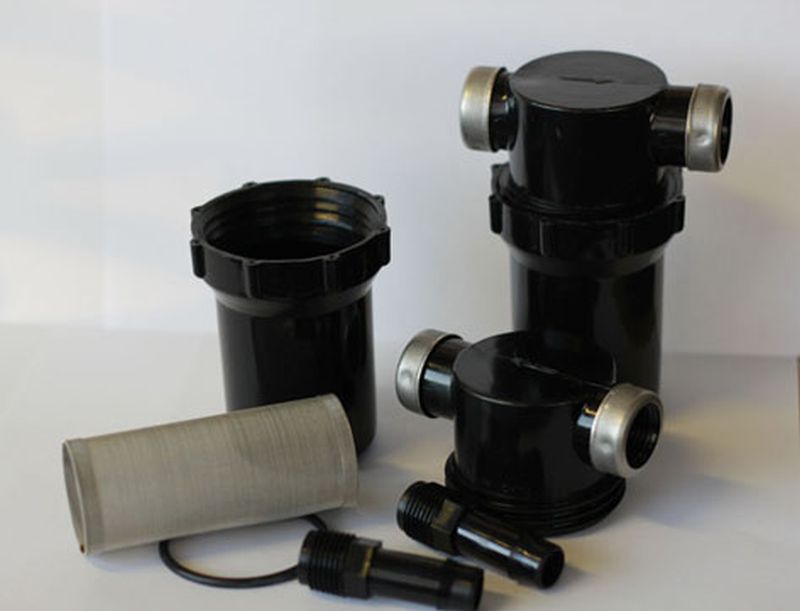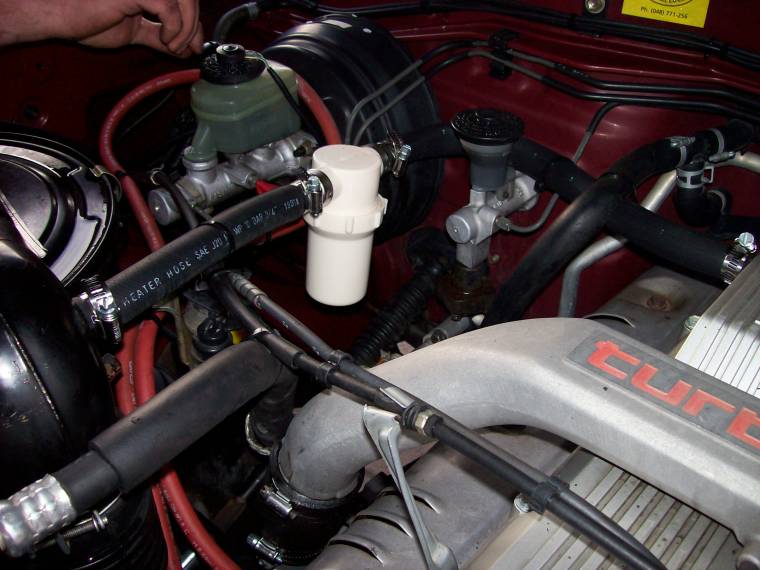Late model hi-tech diesel engines are running much higher boost than older non intercooled TD engines.
As a result there is more ‘blow-by’—some of the engine compression and turbo pressure is lost past the piston rings.
As this volume of gas passes through the sump, it drags oil fumes with it.
In older engines this would either vent to atmosphere (remember those old trucks sitting at traffic lights with smelly fumes coming from underneath), or simply plumbed back into the air intake hosing (so that the suction of the engine intake drags the fumes in and they are re-burnt).


With the advent of EGR vales—Exhaust Gas Recirculation—exhaust gases are also ported back to the air intake—to the suction side of the engine—to reduce emissions.
The EGR valve is electronically controlled by the ECU, opens/closes based on engine requirements.
When the oily fumes and the black soot of the exhaust mix—right at the point of entry of the exhaust at the EGR valve—they form a thick paste and can often physically ‘gum-up’ the valve.
If the EGR is jammed partly open, result is boost pressure flows into the exhaust pipe, bypassing the cylinder—so substantive performance and fuel economy is lost.
A decent catch can (not just an empty container with 2 hose connections), but a proper baffled catch can will capture the oil from the engine fumes and stop this potential problem.
Another benefit of having the catch can fitted is it stops the intake manifold, piping and more importantly any intercooler from becoming clogged with oil and soot.
Simple DIY Fit
3 Year Warranty—Unlimited Kms